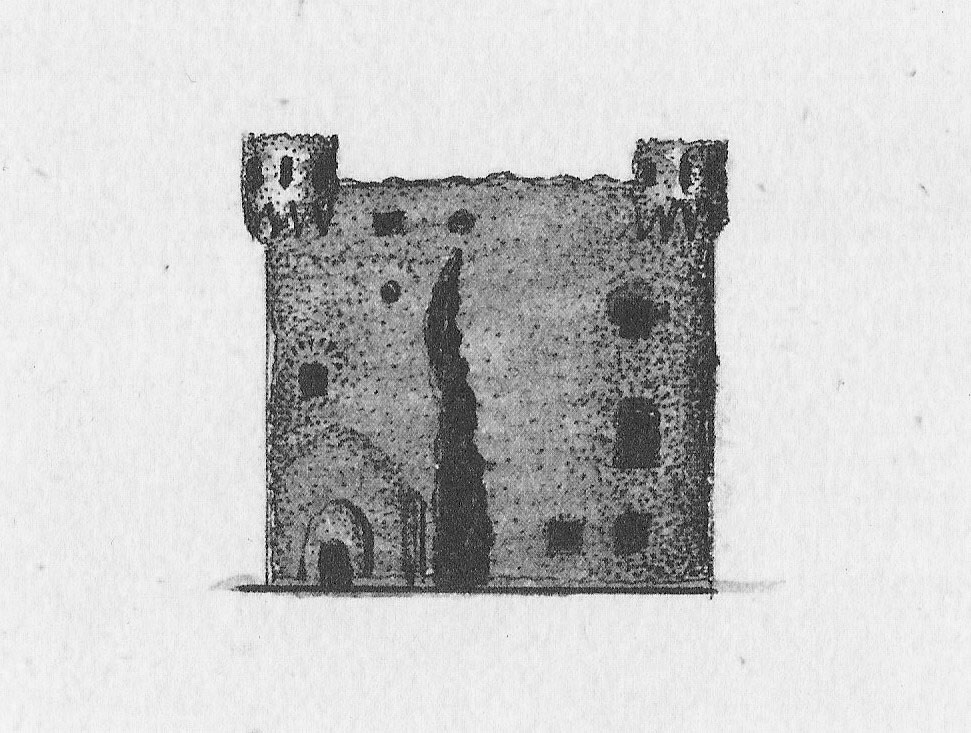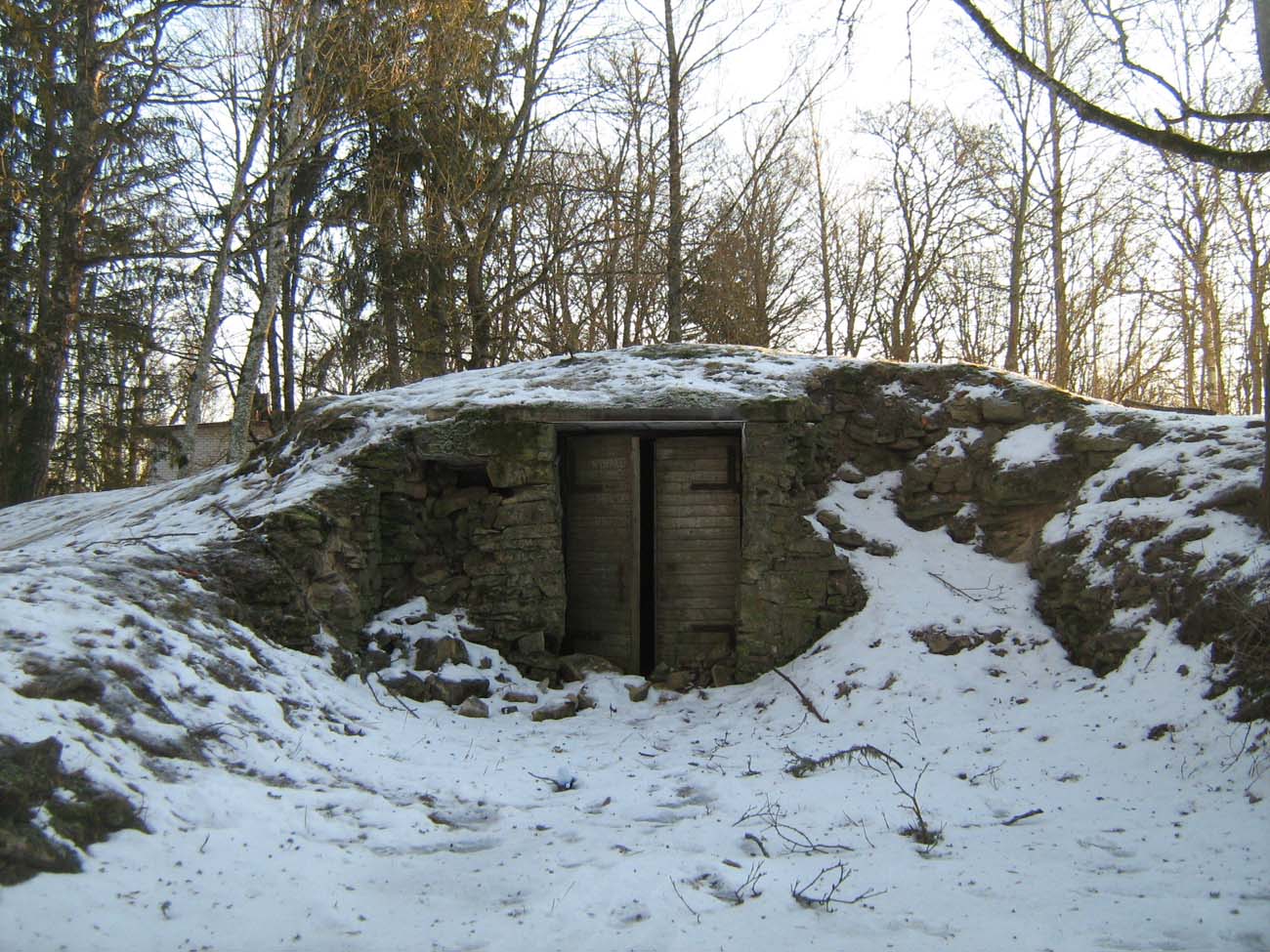History
Kuimetsa (German: Kuimetz) was one of the few fortified foundations made by a female order. The settlement first appeared in documents in 1345, when it belonged to the Cistercian nunnery in Tallinn (German: Rewel). The construction of the stone building probably began in 1412, when the monastery received large sums of money for construction works. Their purpose was to protect supplies collected from nearby Cistercian farms and to create a residential seat for the supervising official. The building served its role until 1560, when it was destroyed during the Livonian War with Moscow, like other fortifications in the region. In the following years, the ruined building belonged to private hands, but no repair works were undertaken. At the beginning of the 19th century, the tower was still in fairly good condition, but unfortunately it was soon dismantled for building materials.
Architecture
The building probably had the form of a rectangular house with walls about 1.5 metres thick, probably in the form of a tower about 17 metres high, with a small, lower building of irregular shape adjoining it from the south-west, probably serving as a vestibule or bastion. The main part probably had two floors above the ground floor and an attic, and its corners were crowned by at least two round turrets – bartizans, protruding from the face of the wall. The entrance was at ground level, although there was also a portal giving direct access to the first floor, accessible by a ladder or external wooden stairs. The tower had a basement with a vaulted room measuring 7 x 5 meters.
Current state
Only the stone foundations of the main part of the tower building have survived to this day, concealing a vaulted cellar inside. The monument has undergone significant degradation, despite the fact that in the 19th century it still had full-height perimeter walls, including corner bartizans.
bibliography:
Borowski T., Miasta, zamki i klasztory. Inflanty, Warszawa 2010.
Herrmann C., Burgen in Livland, Petersberg 2023.
Kadakas V., Archaeological monitoring in Kuimetsa medieval manor site and Paide Püha Risti church, „Archeological fieldwork in Estonia 2008”, Tallinn 2009.
Tuulse A., Die Burgen in Estland und Lettland, Dorpat 1942.


